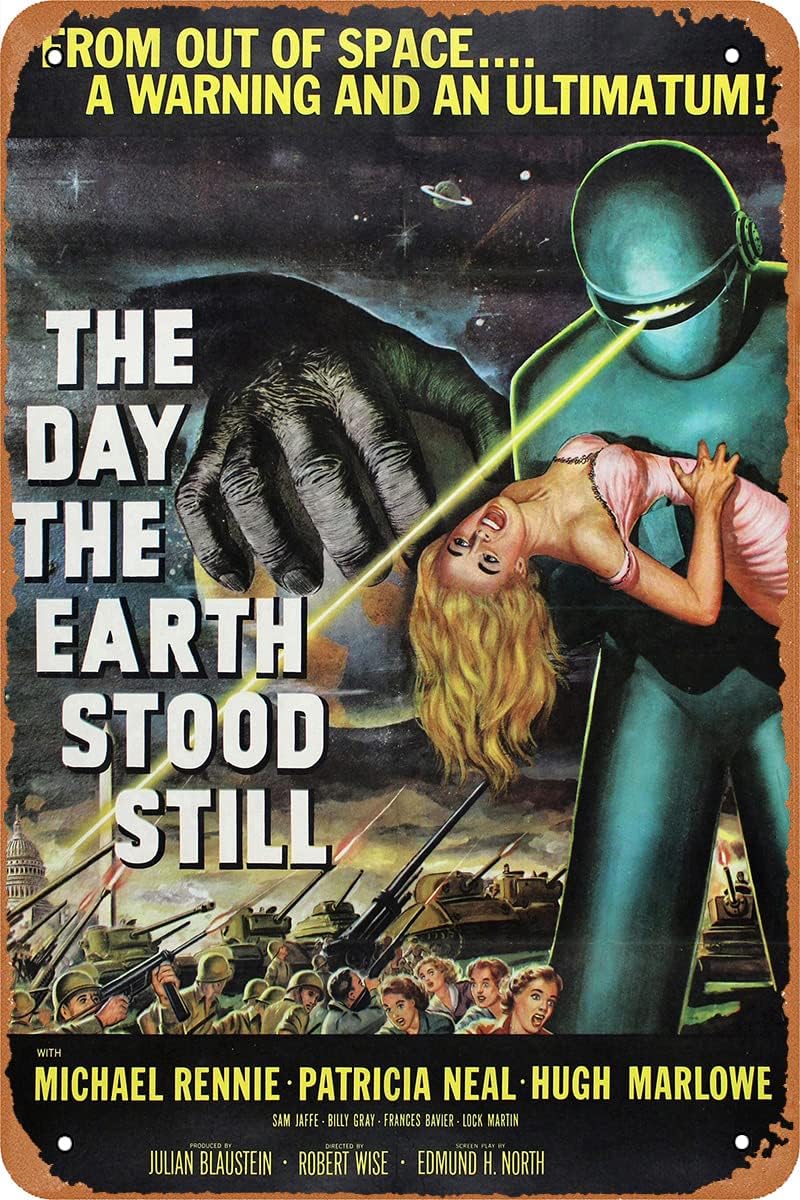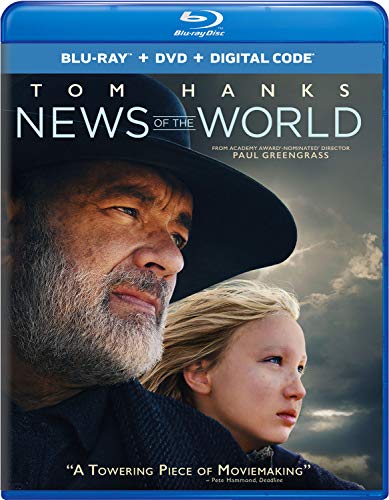YAPJIGM The Day The Earth Stood Still Movie Poster Retro Metal Sign for Cafe Bar Pub Office Garage Home Wall Decor Gift Vintage Tin Sign 12 X 8 inch

Price: $19.49
(as of Aug 11, 2022 19:02:31 UTC – Details)
From the Publisher


The Book of Horror
‘Horror,’ said legendary director John Carpenter, ‘is a reaction; it’s not a genre.’
While it is unwise to argue with the master, perhaps it is more accurate to say that horror is a genre unlike any other – except comedy – because it depends upon a reaction.
Whether they deal with monsters, murderers or creeping madness, horror films are trying to scare us. As Professor Darryl Jones notes in Sleeping With the Lights On, even the word ‘horror’, derived from the Latin horrere, signifies an involuntary response: to cause our hair to stand on end, to make us tremble or shudder.
This is why what constitutes a horror film is an issue of style not subject matter. Despite centering on a supernatural being, Casper is clearly not a horror film; yet Annabelle – about a toy doll – most certainly is. Equally, though they contain horrifying moments, the likes of Jaws, Alien and The Silence of the Lambs do not qualify because scaring us is not their primary objective.
Scare Tactics
Throughout the book, each of the seven scare tactics is represented by its own bespoke symbol. The symbols appear in the text to show that a particular scare tactic is relevant to a particular scene or aspect of the film.
They are also used in a summary infographic to illustrate how much each film uses each scare tactic overall. A second infographic charts the intensity and timings of the film’s most frightening moments.
The seven scare tactics can be broken down like this . . .
DEAD SPACE THE SUBLIMINAL THE UNEXPECTED THE GROTESQUE DREAD THE UNCANNY THE UNSTOPPABLE


The Texas Chain Saw Massacre
Meat is murder
Frequently named the greatest horror ever made, Tobe Hooper’s fearsome breakthrough has a raw power that has not dissipated at all over the years. A drive-in movie shot like an art film, it feels less like an exploitation flick than the Woodstock generation’s most enduring bad trip.
Screenwriters Hooper and Kim Henkel took their inspiration from the world around them. As the carefree 1960s bled into the cynical 1970s, news reports coming in from Vietnam showed American teenagers torn to shreds, while splatter films such as Night of the Living Dead and The Last House on the Left ushered in a new age of on-screen violence. Like Psycho, The Texas Chain Saw Massacre riffed on the crimes of Ed Gein, a 1950s murderer who made furniture from human skin and bones. Unlike Psycho, it could actually show the results.
Shot by a team of unknowns, first-timers and film students, the production took place under extremely punishing conditions amid the swelter of a Texas summer. But if there was hysteria in the air, at least they captured it on celluloid.
RELEASED 1974 DIRECTOR TOBE HOOPER SCREENPLAY TOBE HOOPER, KIM HENKEL STARRING MARILYN BURNS, PAUL A. PARTAIN, EDWIN NEAL, JIM SIEDOW, GUNNAR HANSEN COUNTRY USA SUBGENRE HICKSPLOITATION



 SCARE RATING
SCARE RATING
Further viewing
JUST BEFORE DAWN 1983 THE ORDEAL 2004 THE HILLS HAVE EYES 2006
TIMELINE
‘The events of that day were to lead to the discovery of one of the most bizarre crimes in the annals of American history, The Texas Chain Saw Massacre.’ — Narrator
A) 2 MINS CORPSE SCULPTURE | B) 15 MINS ‘LAST GODDAMN HITCHHIKER I EVER PICK UP’ | C) 20 MINS GARAGE FOOD | D) 35 MINS LEATHERFACE! | E) 38 MINS ON THE HOOK | F) 45 MINS FREEZER MEAL | G) 50 MINS LEATHERFACE! | H) 60 MINS NO ESCAPE | I) 70 MINS WORST. DINNER. EVER. J) 85 MINS ESCAPE? | K) 87 MINS DANCING FOR JOY | L) 88 MINS ENDS



![The Day the Earth Stood Still / War of the Worlds [DVD-2 Pack]](https://www.hot-flicks.com/wp-content/uploads/2023/06/51JZ-z71N4L.jpg)







